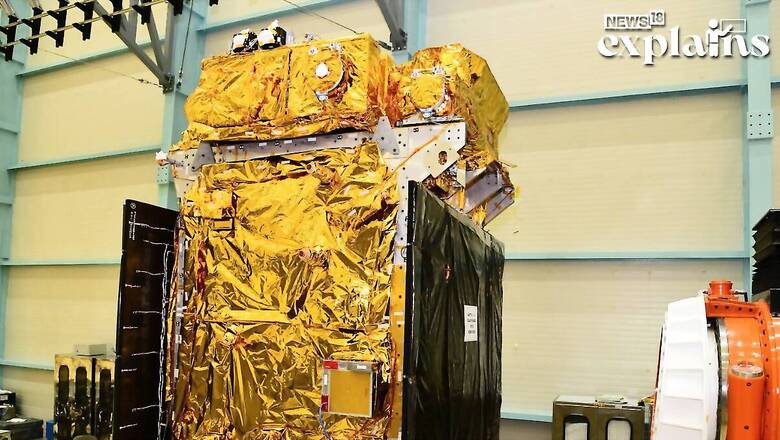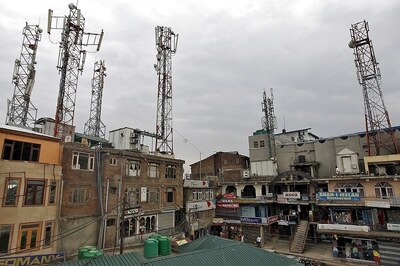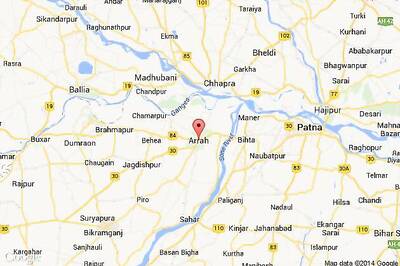
views
Days after landing on the moon, India will aim for the Sun on Saturday with its maiden solar expedition, as ISRO’s trusted PSLV will carry the Aditya L1 mission on a 125-day voyage to the sun.
The sun observatory mission will be fired from the Satish Dhawan Space Centre in Sriharikota at 11:50am on Saturday, and comes close on the heels of India’s successful moon expedition last month, Chandrayaan-3.
ISRO Chairman S Somanath said the Sun mission will take 125 days to reach the exact radius.
All About ADITYA-L1
Aditya L1 will be India’s debut mission to study the Sun is getting ready for the launch, which is likely to happen in the first week of September.
It will be placed in a halo orbit around the Lagrange point 1 (L1) of the Sun-Earth system, which is about 1.5 million km from the Earth, ISRO stated on its website. The L1 refers to Lagrangian/Lagrange Point 1, one of five points in the orbital plane of the Earth-Sun system, according to The Indian Express.
Placing the craft in the halo orbit around the L1 point will help the agency to view the Sun without any occultation or eclipses. It will observe the Sun from a close distance and gather information about its atmosphere and magnetic field.
PSLV-C57/Aditya-L1 Mission:Aditya-L1, the first space-based Indian observatory to study the Sun ☀️, is getting ready for the launch.
The satellite realised at the U R Rao Satellite Centre (URSC), Bengaluru has arrived at SDSC-SHAR, Sriharikota.
More pics… pic.twitter.com/JSJiOBSHp1
— ISRO (@isro) August 14, 2023
The four payloads of Aditya L1 will directly view the Sun using the special vantage point L1, while the remaining three payloads will carry out in-situ studies of particles and fields at the L1 point, thus providing important scientific studies of the propagatory effect of solar dynamics in the interplanetary medium.
The mission will provide information to understand the problem of coronal heating, coronal mass ejection, pre-flare and flare activities, dynamics of space weather, propagation of particle and fields etc, according to ISRO website.
ADITYA-L1 Mission Objectives
- Study of Solar upper atmospheric dynamics.
- Study of chromospheric and coronal heating, physics of the partially ionized plasma, initiation of the coronal mass ejections.
- Observe the in-situ particle and plasma environment.
- Physics of solar corona and its heating mechanism.
- Development, dynamics and origin of solar magnetic force.
- Magnetic field topology and magnetic field measurements in the solar coronaDrivers for space weather.

















Comments
0 comment